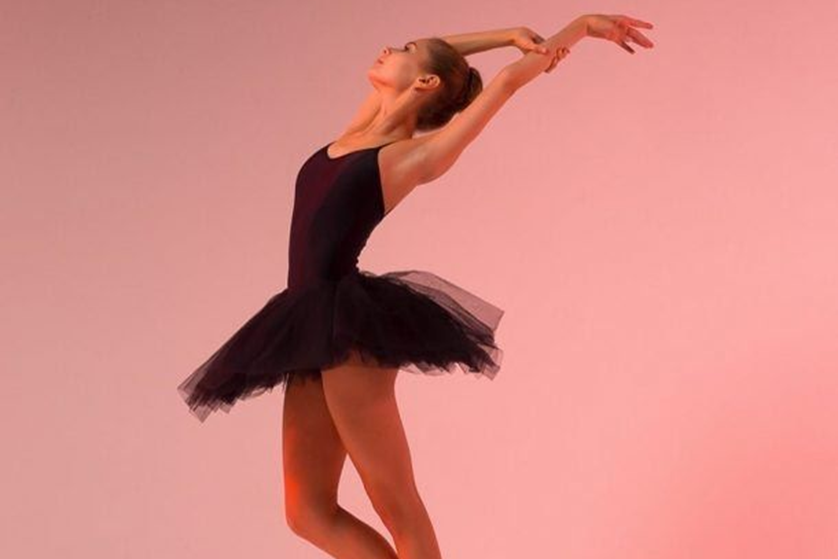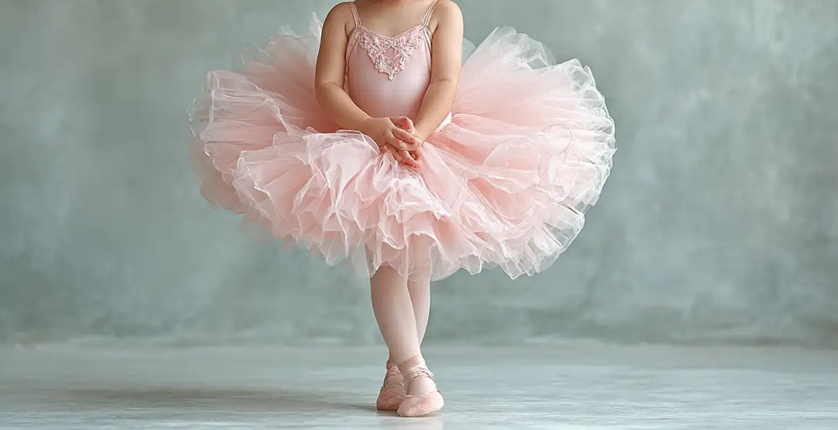Ballet is one of the most popular dances of all time. It’s a captivating type of dance, incorporating graceful and stunning movements that at times can leave you breathless. The art of ballet is a combination of movements, sleek hairstyle and makeup, and dance costumes that can make the ballerina look even more elegant, and the performance flawless. The small steps and jumps are what make this dance so graceful, and the slow hand movements only make the dance more attractive.
Contents
The Beauty and Importance of Ballet Costumes

Truth be said, the ballet costume is a crucial part of this enchanting world. It’s a dancewear worn by performers, and along with the movements, an elegant ballet costume enhances the visual spectacle while helping the dancer create an interesting storytelling performance.
It is an essential part in helping dancers relate to their role and give the very best of themselves. The choice of such costumes these days is huge, ranging in type, material, design, style and pattern. But the truth is that today’s costumes have evolved a lot from the past.
What Is the Traditional Costume for Ballet?

The most traditional type of ballerina costume is the tutu, which is a layered tulle skirt. Originally, these costumes were longer and flowing, but over time, they evolved into the shorter, stiffer tutus seen today. These changes reflect shifts in society, the artist’s vision, and advances in technology. But, besides tutus, leotards for dancing are also a part of the traditional costume for ballet, as well as tights and pointe shoes.
The Evolution of Ballet Costumes
The Origin
Ballet is a dance that originated in the 15th-century Italian Renaissance courts, known for its elegance and graceful moves. Back in that time, dance performers wore mainly clothes that were “In” during the time, like corsets and heavy skirts. Men, on the other hand, wore breeches, heeled shoes and modern jackets.
Renaissance and Baroque
During this period, ballet performers wore masks, fancy embroidered clothing and headdresses. The costumes during that time were heavy and uncomfortable.
Romanticism
This era happened around the 19th century, and during this time, ballerinas were in the spotlight. This is the period when the iconic tutus came to life, and ballet as a form of dance evolved. Thanks to the shorter and flowier tutus, ballerinas were able to move more freely and without restrictions, showcasing their light, airy movements and jumps, showing people what they can really do with their feet and legs.
Classical Era
In this era, ballet as a form of dance continued to grow. The classical tutu from the Romantic era evolved into a shorter, stiffer style, which remains one of the most popular choices among dancers today. This skirt gave ballerinas greater freedom of leg movement, helping them develop the technical skills essential for performing classical ballet.
During this period, the costumes of men dancers also changed, and they started wearing tight-fitting leggings and form-fitting tops. This allowed them to showcase their body, movements and skills.
The 20th Century
This is the period of true innovation and change in ballet costumes. During this time, textile technology and machines evolved, and the world was introduced to stretchy yet breathable fabrics that made a boom in the dance world. Some of these inventions were the amazing Lycra and nylon fabrics, which are still used to this day. Both are mainly used for creating form-fitting leotards and tights offering ease of movement, flexibility and utmost support. This is the time when ballerinas began wearing sleek and minimal costume designs, which helped them showcase their pure and elegant movements.
Modern Times
Nowadays, ballet dancewear is all about combining aesthetics and functionality without compromising comfort. Today, the range of dancewear is vast, allowing dancers to select costumes that best suit their individual needs.
Some of the most basic clothing pieces that are an essential part of ballerinas’ wardrobes these days are leotards, tights, tutus, and warm-up gear. The latter is essential during rehearsals when the weather is colder, and one of the most common pieces of warm-up gear is leg warmers, sweaters, ballet skirts and more.
Looking back in time, you can see that ballet dancewear has evolved a lot and for the better. Thanks to technology, dancers today can choose from a wide selection of options on the market, giving them the chance to find a costume that suits their dance and movement needs. In the end, it’s you who’ll wear the costume, so choosing one that best meets your requirements and taste is paramount.












